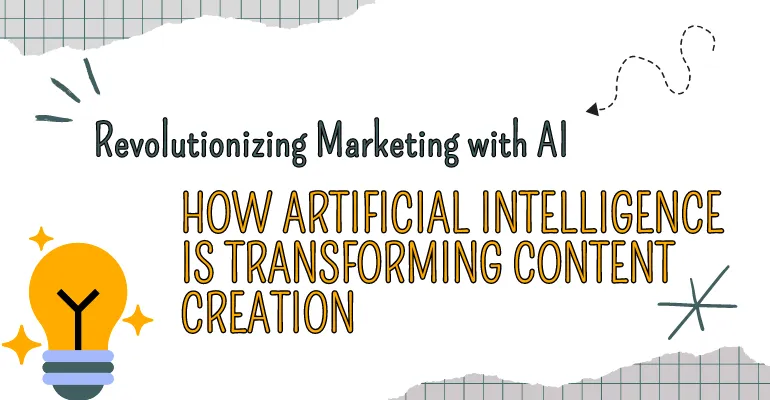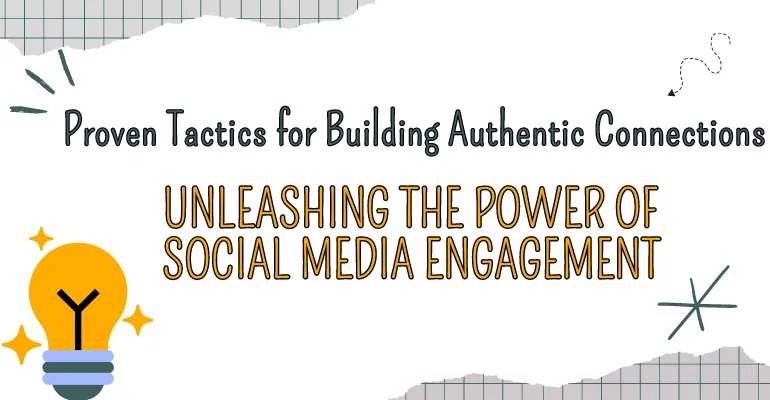Why Your Business Needs a Strong Social Media Presence
In today’s digital landscape, a strong social media presence is no longer just an option—it’s a necessity for any business looking to grow and thrive. Whether you’re a startup, a local business, or a large corporation, social media provides unparalleled opportunities to connect with your target audience, build brand awareness, and drive sales. But why exactly does your business need a robust social media strategy? Let’s explore the key reasons why investing in a strong social media presence is crucial for your business success.
1. Reach a Wider Audience
Social media platforms have billions of active users worldwide. Platforms like Facebook, Instagram, LinkedIn, and TikTok allow you to reach a diverse audience across different demographics, interests, and geographies. This expansive reach makes social media one of the most cost-effective ways to promote your business and build brand awareness.
How to Maximize Your Reach:
– Utilize targeted ads on platforms like Facebook and Instagram to reach specific audiences based on age, location, interests, and behavior.
– Use hashtags and trending topics to increase the visibility of your content.
– Partner with influencers who have a significant following in your niche to extend your reach.
Why It Matters:
A broader audience means more potential customers, increased brand recognition, and greater opportunities for growth.
2. Build Trust and Credibility
A strong social media presence can help establish your business as a trustworthy and credible entity. Consumers are more likely to trust brands that have an active and engaging social media presence, where they can see real-time customer interactions, reviews, and responses.
Ways to Build Trust:
– Share customer testimonials, reviews, and success stories to showcase your brand’s value.
– Respond promptly and professionally to customer inquiries and feedback, demonstrating transparency and customer care.
– Share behind-the-scenes content to humanize your brand and build a personal connection with your audience.
Why It Matters:
Building trust and credibility is crucial for converting prospects into loyal customers. A strong social media presence fosters trust, leading to higher conversion rates and customer retention.
3. Drive Traffic to Your Website
Social media is an excellent tool for driving traffic to your website. By sharing valuable content, promotional offers, and engaging posts, you can encourage your social media followers to visit your website and explore your products or services.
Strategies to Increase Website Traffic:
– Include clear calls to action (CTAs) in your posts, directing users to specific landing pages.
– Share blog posts, articles, and other valuable content that links back to your website.
– Use social media ads and retargeting campaigns to attract users who have already shown interest in your business.
Why It Matters:
Increased website traffic leads to higher chances of conversions, whether it’s making a sale, signing up for a newsletter, or any other desired action.
4. Enhance Customer Engagement
Social media offers a unique platform for direct communication with your audience. It allows you to engage with customers in real time, answer questions, solve problems, and build a community around your brand.
How to Boost Engagement:
– Create interactive content such as polls, quizzes, and contests to encourage user participation.
– Respond to comments and messages promptly to show that you value customer feedback.
– Share user-generated content, such as photos or testimonials, to foster a sense of community and loyalty.
Why It Matters:
Active engagement on social media creates a two-way conversation that strengthens relationships with customers and builds brand loyalty.
5. Gain Insights into Your Audience
Social media platforms provide valuable data and analytics that can help you understand your audience better. By analyzing this data, you can gain insights into your followers’ demographics, interests, behavior, and preferences, allowing you to tailor your marketing strategies accordingly.
How to Leverage Social Media Analytics:
– Use tools like Facebook Insights, Instagram Analytics, and Twitter Analytics to monitor engagement, reach, and other key metrics.
– Track which types of content perform best and adjust your content strategy to meet your audience’s preferences.
– Conduct social listening to monitor mentions of your brand and competitors, gaining insights into customer sentiment and trends.
Why It Matters:
Understanding your audience enables you to create more effective and targeted marketing campaigns, leading to higher engagement and conversion rates.
6. Stay Competitive in the Market
In today’s competitive market, a strong social media presence is essential for staying relevant. Most of your competitors are likely already using social media to connect with customers, promote their products, and build their brand. Without a strong presence, you risk being left behind.
How to Stay Competitive:
– Keep an eye on your competitors’ social media strategies and identify opportunities to differentiate yourself.
– Stay up-to-date with the latest social media trends and platform updates to ensure your strategies are fresh and relevant.
– Leverage social media to showcase your unique selling points (USPs) and value proposition.
Why It Matters:
An active social media presence helps you stay top-of-mind with potential customers and ensures you’re not missing out on opportunities that your competitors may be capitalizing on.
7. Improve SEO Rankings
A strong social media presence can indirectly boost your search engine optimization (SEO) efforts. While social media signals are not a direct ranking factor for search engines, a robust presence can drive traffic to your website, increase content visibility, and generate backlinks—all of which contribute to improved SEO.
Tips to Boost SEO with Social Media:
– Share high-quality content that is likely to be shared and linked back to by other websites.
– Encourage social sharing of your website content to increase visibility and drive more traffic.
– Optimize your social media profiles with relevant keywords and links to your website.
Why It Matters:
Improving your SEO rankings can increase organic traffic to your website, enhancing brand visibility and driving long-term growth.
8. Increase Sales and Conversions
Social media platforms provide numerous opportunities to boost sales and conversions. From social commerce features like Instagram Shopping to targeted ads and influencer partnerships, you can use social media to turn followers into customers.
How to Increase Conversions:
– Use shoppable posts and direct product links to simplify the purchasing process.
– Create exclusive social media promotions, discounts, or giveaways to incentivize purchases.
– Run targeted ads that retarget users who have previously interacted with your brand.
Why It Matters:
By leveraging social media effectively, you can directly influence your bottom line, driving more sales and increasing revenue.
Conclusion: Don’t Miss Out on the Power of Social Media
A strong social media presence is more than just a marketing trend—it’s a powerful tool that can help your business grow, connect with customers, and stay ahead of the competition. By reaching a wider audience, building trust, driving traffic, enhancing engagement, gaining insights, staying competitive, improving SEO, and increasing sales, social media offers endless possibilities for business success.
If your business hasn’t already embraced social media, now is the time to start. Invest in a strong social media strategy today and reap the benefits for years to come.














